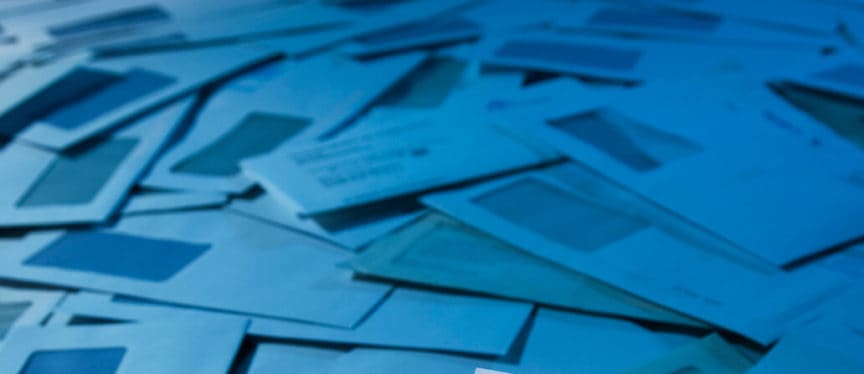How to Automate Your Company’s AP Process
Automate Your Company's AP Process Maximizing resources and increasing efficiency are top priorities in the...

After three months of a whirlwind of activities adjusting to the operational disruption caused by the COVID-19 pandemic, most accounts payable departments have settled into an operational rhythm.
Now the hard part begins.
Accounts payable departments must rethink the way they operate and their underlying cost structure.
Tired approaches to processing invoices cannot meet the challenges created by COVID-19:
Surviving and succeeding in this new normal requires accounts payable departments to modernize.
Only 9 percent of accounts payable departments describe their operations as being fully automated, with few or no manual tasks. That is according to the results of a poll conducted during a recent virtual town hall meeting organized by the Institute of Finance and Management (IOFM) and sponsored in part by Data Dimensions. Click here to access an on-demand recording. Thirty-three percent of accounts payable departments admit that their department is not very automated.
The lack of accounts payable automation exacerbated the challenges created by COVID-19.
With COVID-19 shining a bright light on the shortcomings of traditional approaches to processing invoices, automation has become a priority for more accounts payable departments. Seventy-one percent of accounts payable departments – ranging from departments with little or no automation to those with lots of automation – plan to deploy more technology within the next year, IOFM finds.
Some may argue that now is the time to hoard cash and not invest in automation. While liquidity is critical for navigating a crisis, accounts payable automation can return 10 times the benefit for each dollar invested, in terms of improvements in productivity, working capital and risk avoidance.
Successfully transitioning to new ways of working during the pandemic may be a relief. But it is not a time to sit back. Modernizing accounts payable will give organizations an edge during the post-pandemic recovery. To learn more, contact Data Dimensions to arrange a no-obligation consultation.
Subscribe to get fresh news and resources delivered straight to your inbox.